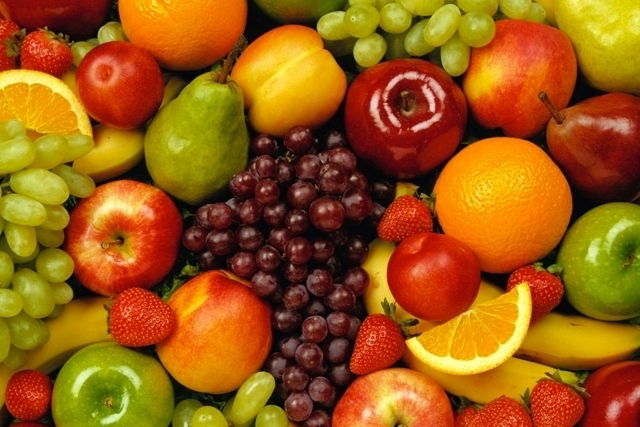High fiber fruits, like blackberries, avocado and peaches, can offer many health benefits. Fruits that are high in fiber can be consumed to help manage constipation, treat hemorrhoids, reduce cholesterol and triglyceride levels in the blood, and even prevent colon cancer.
The fibers that are naturally present in fruit form a gel-type substance in the stomach that delays the digestion of food. This can keep you full between meals, which is beneficial in weight loss diets. This property can also help to regulate blood sugar levels in the management or prevention of diabetes.
To take advantage of the benefits offered by high fiber fruits, aim to include between 2 or 3 servings in your daily diet. Your diet should generally be healthy and balanced, and you should adhere to an active lifestyle.

Which fruits contain fiber?
The following table outlines the amount of fiber and calories present in 100 grams of each fruit:
In addition to containing fiber, these fruits are also rich in vitamins and minerals. They have natural antioxidants and anti-inflammatories properties that optimize metabolism and help to detox harmful substances from the body.
It is important to mention that to obtain the benefits of high fiber fruits, it is important to include them in an active lifestyle with a balanced diet.
What part of the fruit is the fiber found in?
The fibers in fruits are mainly present in the pulp and peel of the fruit. Therefore, you should eat the whole fruit when possible. Consuming fruits as juices is not ideal, as most of the fiber is strained and sugar intake is increased. This is not ideal for weight loss diets nor for diabetics.
It is also important to know that the quantity of fiber in the fruit may vary depending on the fruit's ripeness. In other words, as the fruit becomes more ripe, the greater the amount of sugar present, and less the amount of fiber.
Also recommended: 35 High Fiber Foods: Food List, Health Benefits & Recommendations tuasaude.com/en/high-fiber-foodsHow much fiber should I eat?
The daily recommended amount of fiber varies depending on your age and gender:
- Children aged 1 to 3 years: 19 g
- Children aged 4 to 8 years: 25 g
- Boys aged 9 to 13: 31 g
- Boys aged 14 to 18: 38 g
- Girls aged 9 to 18: 26 g
- Men aged 19 to 50: 38 g
- Women aged 19 to 50: 25 g
- Men over 51: 30 g
- Women over 51: 21 g
There are no fiber recommendations for babies under 1 year old, as their diet is typically made-up of milk, fruit, vegetables and meat in pureed or ground form.
Pregnant women should aim to consume 28 g of fiber per day, while breastfeeding women should consume 29 g of fiber per day.
